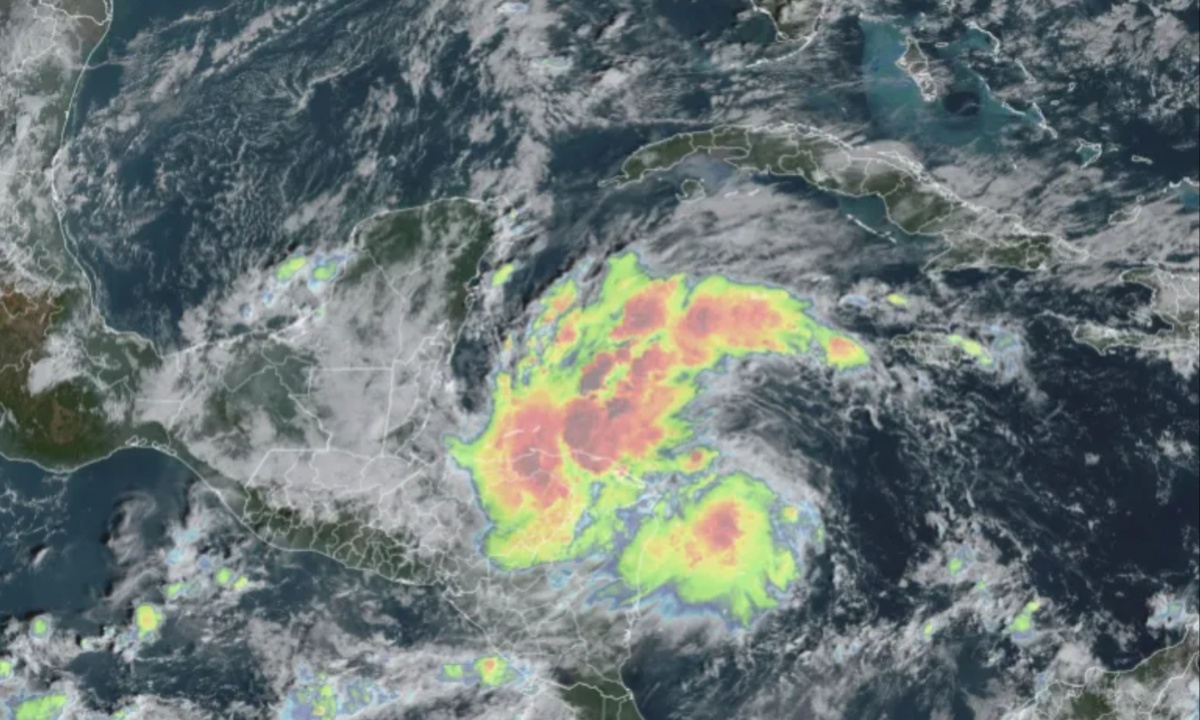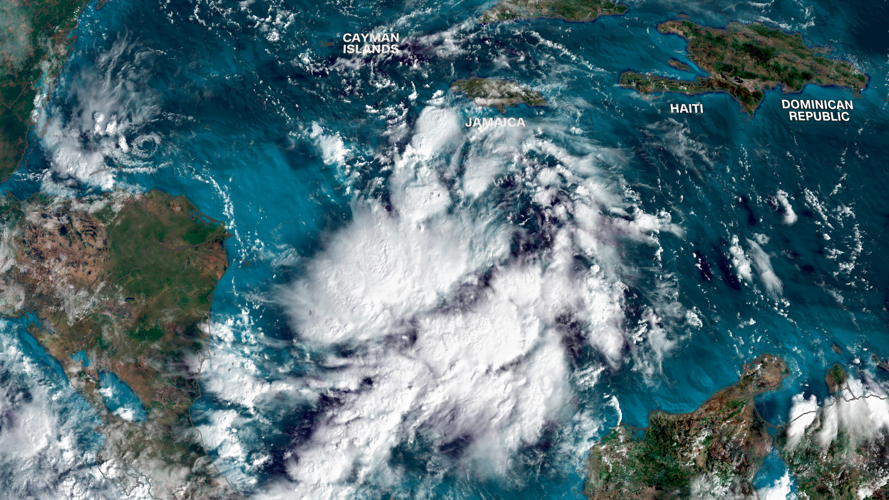Tropical Storm Sara is causing heavy rainfall in northeastern Honduras, bringing severe risks of flash flooding and mudslides, according to the National Hurricane Center (NHC). With sustained winds of 45 mph as of Friday morning, the storm is expected to intensify if it stays offshore along Honduras’ northern coast. Tropical storm alerts remain in effect, and rains that began Thursday in Honduras and Nicaragua are likely to worsen as the storm advances.
This marks Sara as the 18th named storm in a notably active 2024 Atlantic hurricane season. Forming Thursday near the Honduras-Nicaragua border, Sara exemplifies this season’s unpredictable nature. November typically signals a decline in tropical storm activity, yet Sara is the third named storm this month, fueled by unseasonably warm waters attributed to climate change.

Tropical Storm Sara Brings Flash Flood Threat to Honduras Amid Record-Breaking 2024 Hurricane Season
Sara’s path indicates it may skirt Honduras’ coastline, tapping into warm Caribbean waters to sustain itself temporarily. However, land interaction over Central America and Mexico’s Yucatán Peninsula is expected to weaken the storm. Heavy rains, with totals potentially reaching 30 inches in Honduras, could lead to catastrophic flash flooding and mudslides, while double-digit rainfall totals are likely across other parts of Central America.
Earlier predictions suggested Sara might enter the Gulf of Mexico and threaten the U.S., but the NHC now believes this scenario is unlikely. The storm’s projected westward track and extended land interaction are expected to prevent it from maintaining the strength needed to survive in the Gulf. This development provides some relief to the U.S. Gulf Coast, which has already faced five hurricanes this year.
Despite its diminishing prospects of becoming a Gulf Coast threat, Sara poses immediate and severe dangers to Central America. Areas at risk include Honduras and potentially Belize, where the storm may bring gusty winds and storm surges by Sunday. The focus remains on mitigating the impacts of torrential rainfall and its life-threatening consequences across vulnerable regions.











































